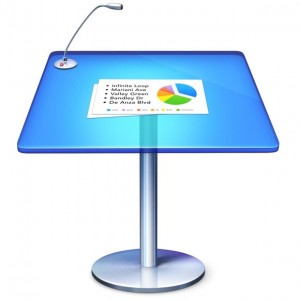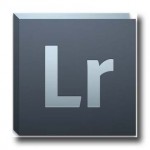Keynote is slide based presentation software designed by Apple , Inc for MacOS computers and iOS devices. Keynote offers a similar feature set as Microsoft PowerPoint, but it differs stylistically by using a different set of transitions, themes, fonts, animations, and backgrounds.
, Inc for MacOS computers and iOS devices. Keynote offers a similar feature set as Microsoft PowerPoint, but it differs stylistically by using a different set of transitions, themes, fonts, animations, and backgrounds.
Keynote is available for free with any computer running MacOS 10.9 Mavericks. Keynote can also be purchased for older Macs through the Apple App Store for $19.99.
